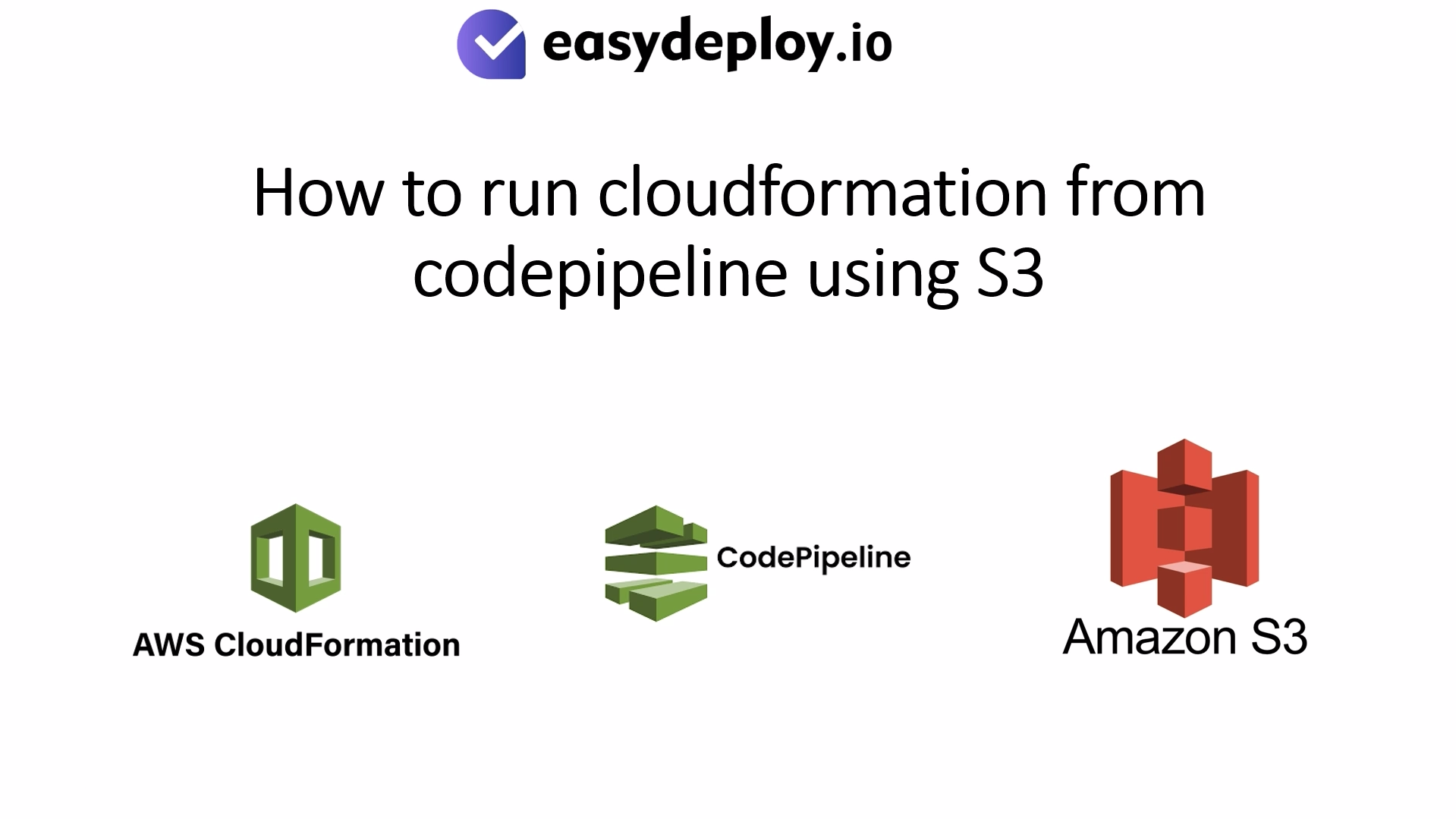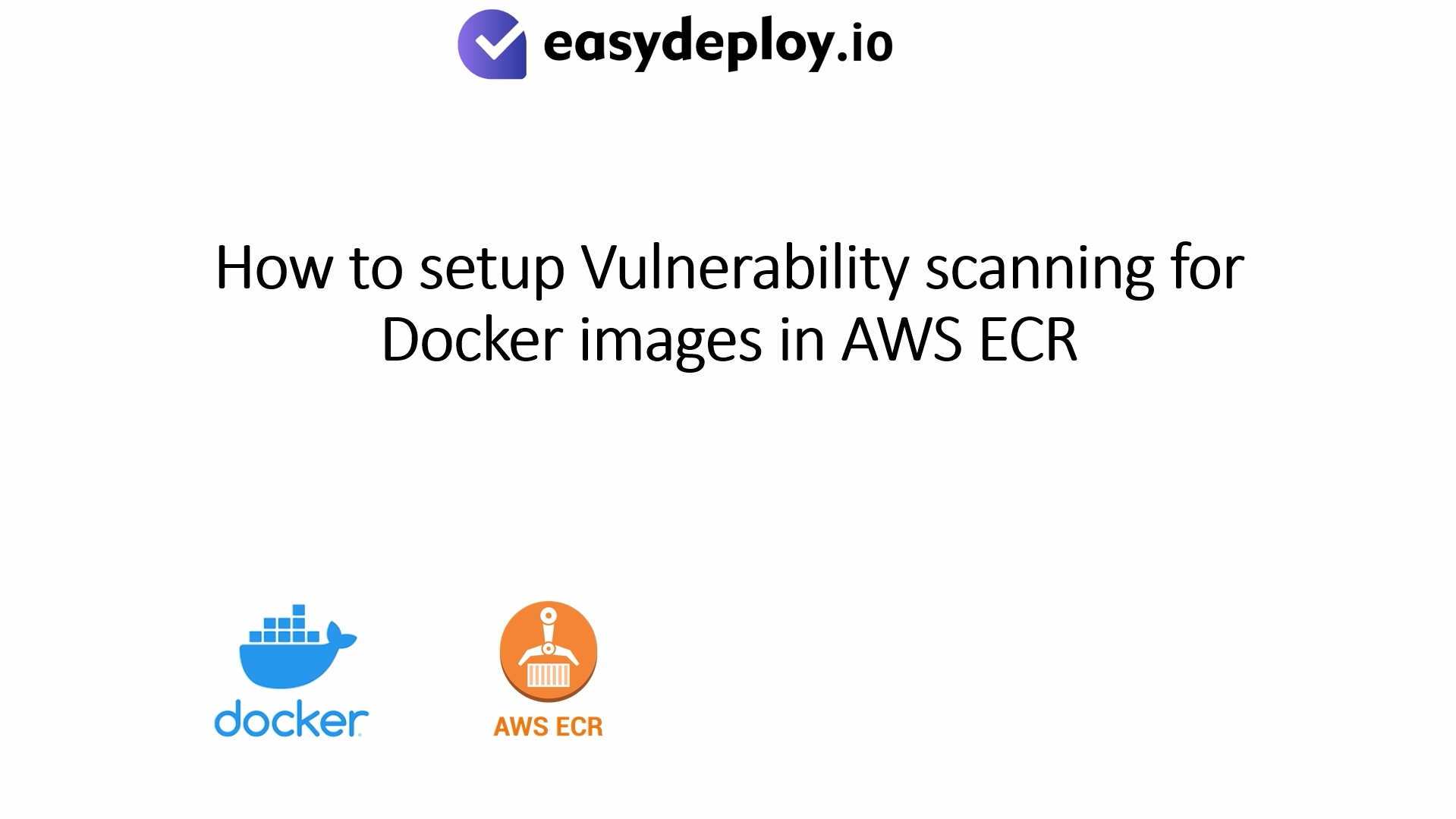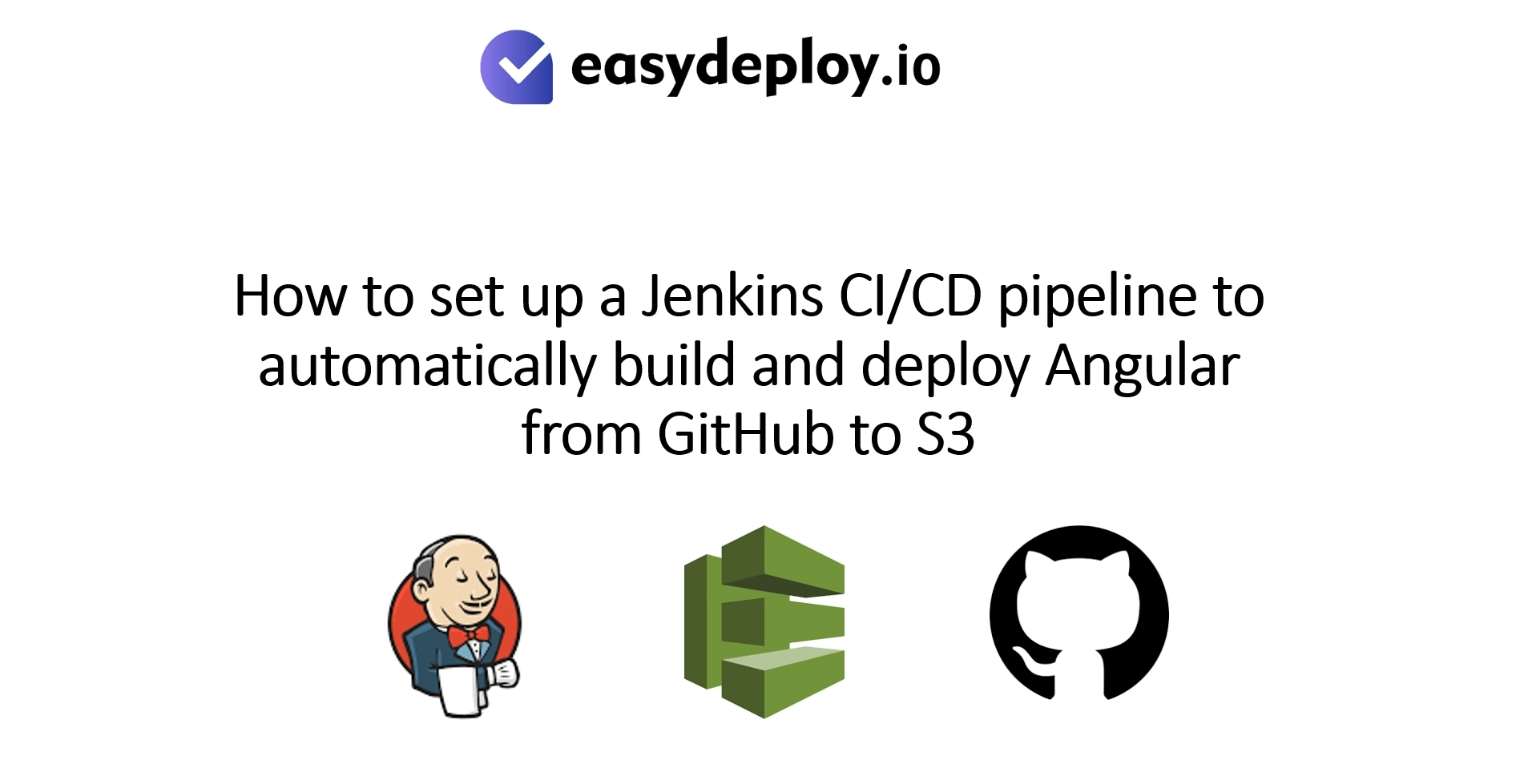Not to mention that microservices architectures are more scalable and flexible than others. But what will you do when your microservice-based application starts lashed to the legacy that is unable to keep up? Traditional servers and infrastructures are quite costly to set up and manage.
That’s why serverless architecture is there. It changes all things. This form of architecture lets the companies deploy and manage their applications and services without any physical server infrastructure. You will no longer have to take care of your server infrastructure. The cloud providers will be responsible for this.
Some experts have defined this as a combination of two major points, i.e., BaaS and FaaS. The most important segment is the FaaS. So, let’s discuss this in detail.
FaaS- Function as a Service
It is an advanced approach to develop and deploy server-based software. This deals with the deployment of individual operations and functions. Function as a Service has dramatically changed the mode of implementation. All will shift the focus from both the application process and host instance of the model to the individual functions. You can upload the functions to the FaaS platform. This flatform responds to a particular event for every operation. When the vendor FaaS platform begins the function, it called event triggering.
Understanding the serverless architecture patterns
Different studies and cloud experts have proved that serverless technology works excellent at offering continuous and faster delivery of the project. With this, there is no need to think about infrastructure planning and provisioning for fluctuating demand and scale. Serverless architecture comes with some patterns which help in promoting best practices and high-quality solutions.
Now, let’s have a look at the different major serverless architecture patterns to understand it in a better way.
-
Simple Web Services
In general, in a simple web service, AWS Lambda used a backend service. This shows the domain layer of the logic of a layered architecture. Talking about public APIs, the API Gateway exposes lambada functions via HTTPs. Such a gateway can easily handle different tasks.
These are handlining versioning, authorization, routing, and authentication. When it comes to internal APIs, users invoke functions of Lambda from the client applications with the help of AWS’s SDK. The benefits of using AWS Lambda it automatically scales and handled the changing loads.
-
Decouple messaging
The foundation for the different service integrations is asynchronous messaging. Some experts suggest that this is an ideal strategy for enterprise architectures. Messaging infrastructure is very reliable. However, there is something that you need to keep in mind. Different technology will offer different constraints. So, you need to know about the techniques. Some of the common messaging services are Kinesis, SQS, and SNS.
-
Strong API
In this particular pattern, the users will ger a single-entry point, which will expose a perfect API and routes to different services based on client features, routers methods, and endpoints. Here, AppSync, App Load Balancer, and API Gateway can be used as the routing engine.
-
Strangler pattern
With time, all the systems grow and evolve. With a rising level of complexity, you may face a lot of issues while adding new features. Besides, replacing the system can also take a lot of time. So, you need to know the process of migrating from the standard system to a legacy system.
The strangler pattern helps you in that. This method allows migrating to a legacy system gradually. Under this pattern, a service will act as a façade. It will effectively intercept the requests coming from the clients. After that, it will send the request to the new or legacy services.
-
Fan-in and Fan-out
This pattern refers to splitting the entire task into different subtasks. Besides, it involves the execution of various functions simultaneously and then collecting the result. You can take the example of resizing the images, which are the Fan-out approach.
Here the clients upload some raw images to S3 Bucket’s Assets. API Gateway comes with an integration that uploads the files directly to the S3. The S3 then triggers the Lambda function. The Lambda initiates the Asset Created event to SNS. For image resizing, you will get three functions. Each of them develops an image with different sizes and then sends the results to the Renditions bucket.
The Lambda then reads the metadata and adds new asses to Assets Table of DAM on Dynamo DB. Under the Fan-in part, you will get a Lambda function which reads the renditions bucket. The function checks whether all the renditions are ready or not. Besides, it keeps the assets read.
Analyzing the difference between server and serverless
You might be thinking that which is the best option for you, server, or serverless? To help you in choosing the best options, we have explained the difference between server and serverless. Let’s have a look at the points, and first, we will discuss the server architecture.
Server
When it comes to choosing the best solution for demanding and high-performance tasks, the server is an ideal option. Some experts find it reliable in such an event. Here some factors that you should know about the server.
- Cost
One of the most powerful hosting options is a physical server. Well, this comes at a high price. Hosting an on-site server system can lead to more expenses than a cloud platform. So, when it comes to cost factor, you will find serverless is a cost-effective solution.
- Unlimited access
Having an on-site server means you will get unlimited access to the server. The in-house IT department manages the traditional servers. That means you will enjoy better control and can decide which updates to install and which to avoid. You will also find flexibility in managing this.
- Security
In terms of security, the server is considered as a secure option. Besides, it lets you enjoy better customization and highly reliable.
Serverless
Serverless means hosting, managing, and processing the data on a remote server instead of a local one. It covers three major categories. These are SaaS- Software as a Service, IaaS- Infrastructure as a Service, and PaaS- Platform as a Service. However, let’s analyze some significant factors of serverless.
- Cost
The cost of serverless architecture is not fixed. You will pay for the storage and services you are using. Besides, working through the cloud also utilizes less among of electricity. So, in terms of cost, it is better to choose serverless.
- Security
Are cloud platforms secure? Well, all the major cloud service providers have made their cloud platform more reliable and faster. The data will remain encrypted on the cloud. So, there is nothing to worry about security.
- Shared Resources
Functioning serverless means your staff can use the resources from different locations and on different devices. This will greatly help you in increasing productivity.
If you want to make your business grow without any issue, then you can prefer to go for serverless architecture. Now let’s have a look at some examples of serverless applications.
Some major examples of serverless applications
- Amazon Polly and AWS Batch:
They help in creating audiobooks and a perfect example of asynchronous jobs. It leverages different AWS serverless services.
- TubeAlert:
It combines various useful diagrams and uses the DyanmoDB, Serverless Framework, and more.
- Slack Bot:
It is a cloud-based platform that helps teams to collaborate efficiently. It comes with a bot called “marbot.” The bot can easily integrate with CloudWatch Alarms, CloudWatch Events, and Auto Scaling Notifications. Lambda Expression is a prominent factor in the process. You can learn more about it in detail by analyzing serverless use cases. There are more such serverless application examples that you can find on the internet, and you will find it countless. That clearly shows that the popularity of serverless is increasing at the highest rate. So, it is the best time for you to go serverless.
Different advantages of using serverless technology
By knowing the advantage or benefits of serverless technology, you can make a perfect decision about it.
- Low infrastructure costs: You will pay for what you are using, and there is no need to set up physical server infrastructure.
- Flexible scaling: Cloud platform offers automatic scaling.
- Low scaling costs: With a cloud platform, you will enjoy pay as you go model.
- Better operation management: FaaS is the most critical part of cloud computing, which lets users enjoy easy application development and deployment.
- Lower failure risk: You can use a lot of techniques to manage the application. This will lower the risk of project failure.
Conclusion
All most all the major cloud service providers are now moving towards serverless technology. Some of the major companies that are dominating this field are IBM, Google, Amazon, and Microsoft. It is also forecasted that in the future, many organizations and cloud developers will adopt serverless technologies owing to their amazing benefits. However, for more details, you can go through the serverless use cases.
There is no doubt that serverless architecture technology is advanced and innovative cloud computing service. Besides, it can easily support ever-changing business requirements. So, if you are running a company that values innovation, then it’s time to understand the serverless architecture and technology and shift to it as soon as possible.










